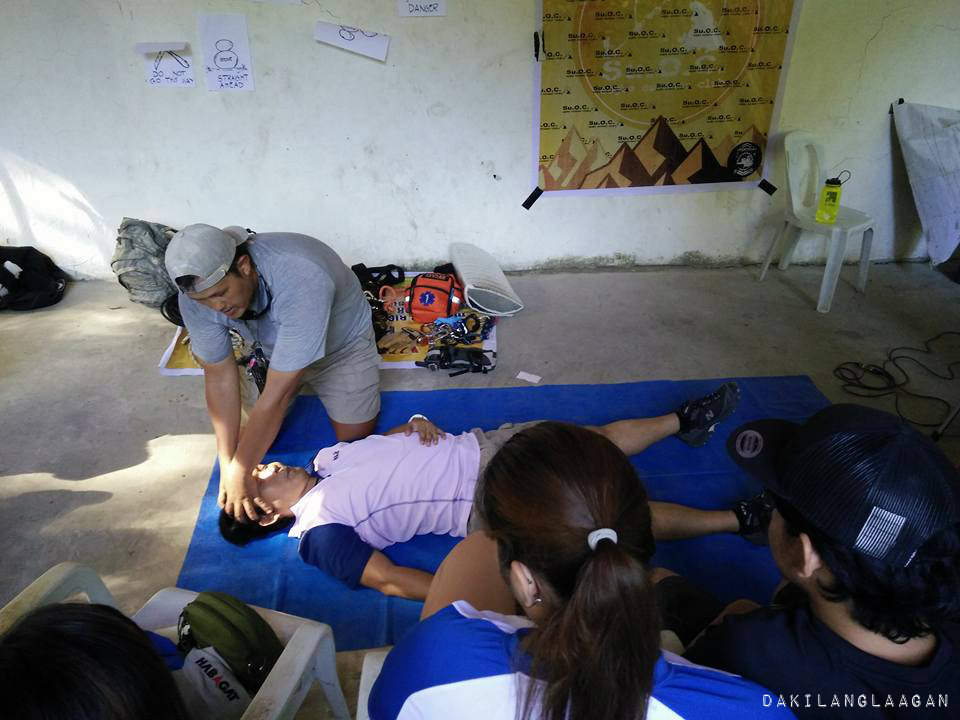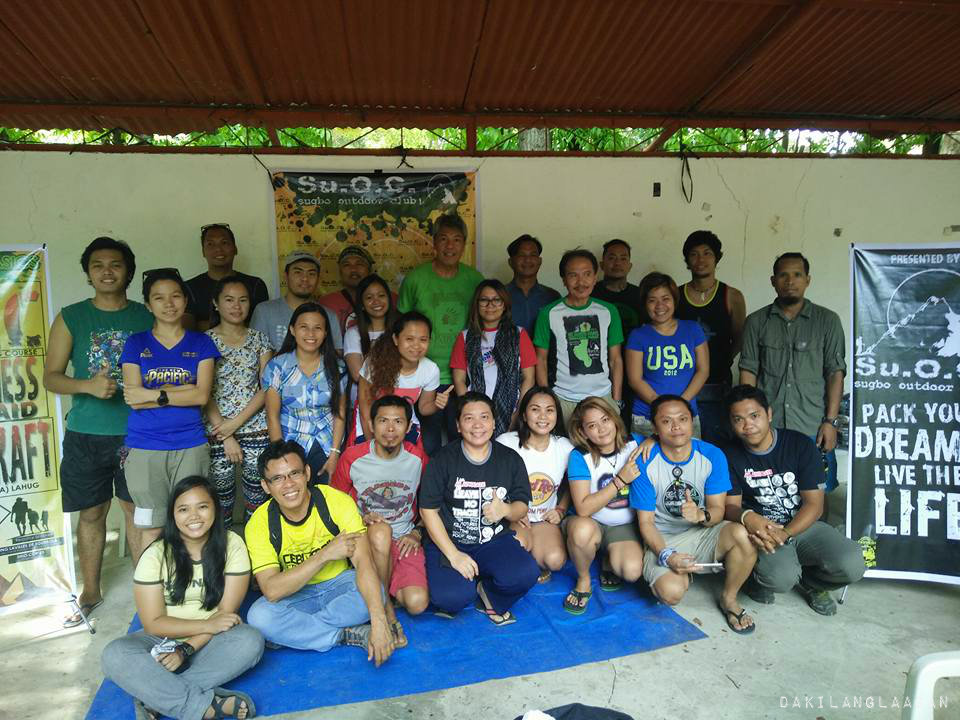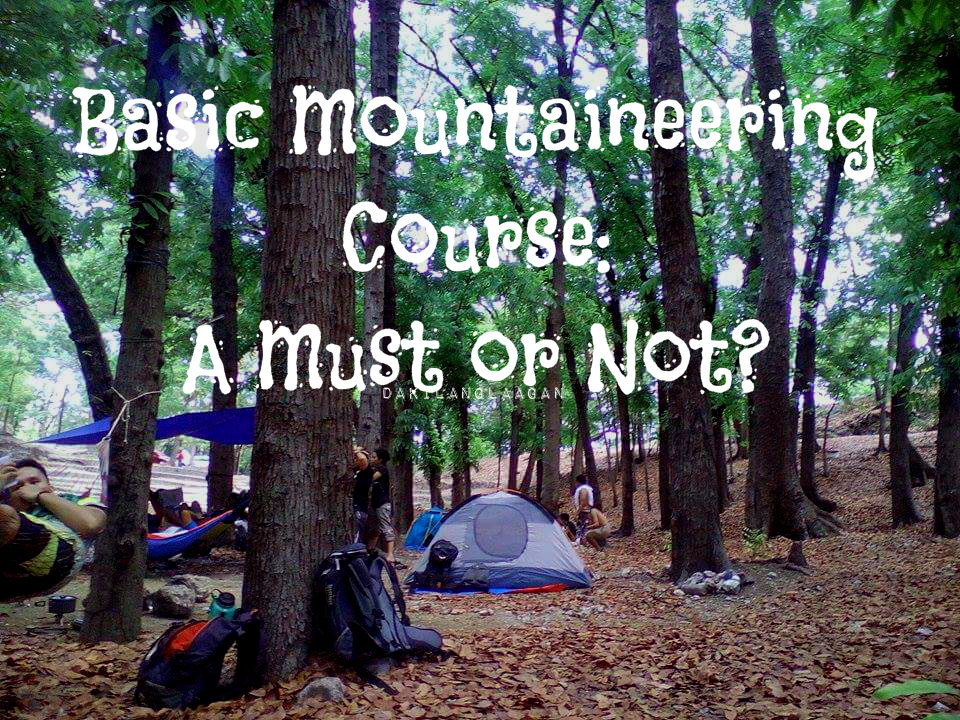Today, with the world more connected than ever, it is easy to share experiences through various social networking sites – allowing more people to know that behind the totally developed urban areas of the country, lies a beautiful stretch of mountain ranges, waterfalls, lakes, and rivers. In a day or two, people will then flock around the area, take multiple selfies, and share via Instagram this so called “adventure”, “travel” and “nature activity”. As a blogger, it feels good to be able to help and share information about densely populated spots; however, with the influx of people gathering around the area, I realized that I forgot to share something very essential to others – the love and care towards the environment.

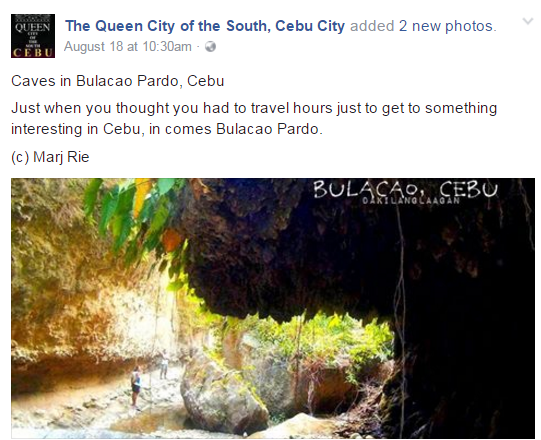
Last May, I got a chance to join the Basic Mountaineering Course – Wilderness Survival – Bushcraft conducted by Cebu based outdoor group, SUOC (Sugbu Outdoor Club). Though I had been hiking for quite some time, I found it unnecessary to join these kinds of seminar-workshop. For me, my experience in scouting back in grade school, trainings under Red Cross council, workshop with the NDRRMC heads, orienteering and fast-and-light-backpacking with Outpax, and knowledge with Philippine Geography was more than enough. Or so I thought. After the two-day crash course, I’ve learned that I am but a preschool in the big university of outdoors.
- Mountaineering is no competition. “Nobody will give you an award for climbing the most number of mountains. It’s not even a race. So why hurry? Is it really for hiking purposes or for Facebook likes?”

- Never underestimate a mountain. “This has been repeatedly said, but we have to be reminded from time to time. Even if it’s only the Chocolate Hills that you are planning to climb, remember that there are more than a thousand of them. HAHAHA”

- Keep grounded. Before the course started, the group has been asked on who among the participants have tried a Major Climb. Eager for their stories, I took note of those who raised their hands. On our way home, I came to converse with a petite, nerdy-looking lady. I know she didn’t raise her hand and I was totally surprised during the conversation when I found out that she has been to Mt. Apo and six other mountains outside Cebu. She shared that hiking has become her family’s (husband and son) bonding time. Humility at its finest.

- Bring only what’s necessary. EDC. I don’t usually bring a lot during hikes. For me, bringing big backpacks on day hikes will only tempt me to bring unnecessary things. But aside from hydration bottle, food, extra shirts and first aid kit, it is as well necessary to learn how to maximize the little things available and be resourceful enough to use what the environment can provide.

- Respect diversity. Even with the advent of technology, the Philippines remains as one of the richest countries in terms of culture, history, and natural resources. Filipinos never run out of myths, legends and traditions to share to willing audience. For most millennial, this could be annoying, but as a traveler, I’ve learned to accept and respect these beliefs. Come to think of it, the stories of enchanting fairies and despicable monsters make the journey a little more interesting.
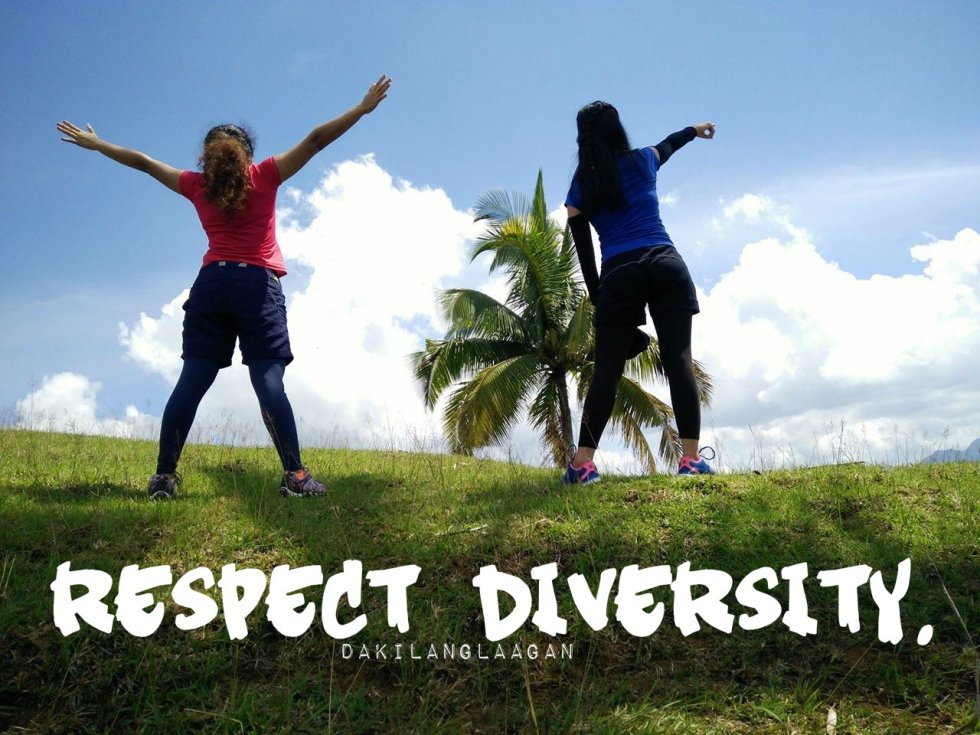
- Leave No Trace. I’ve always thought that this overly used advocacy revolves only on taking nothing but pictures, leaving nothing but footprints, killing nothing but time, and keeping nothing but memories; however, I’ve learned that the essence of LNT is not only causing no harm to the environment, but as well as, taking desperate actions towards harnessing the integrity of creation.
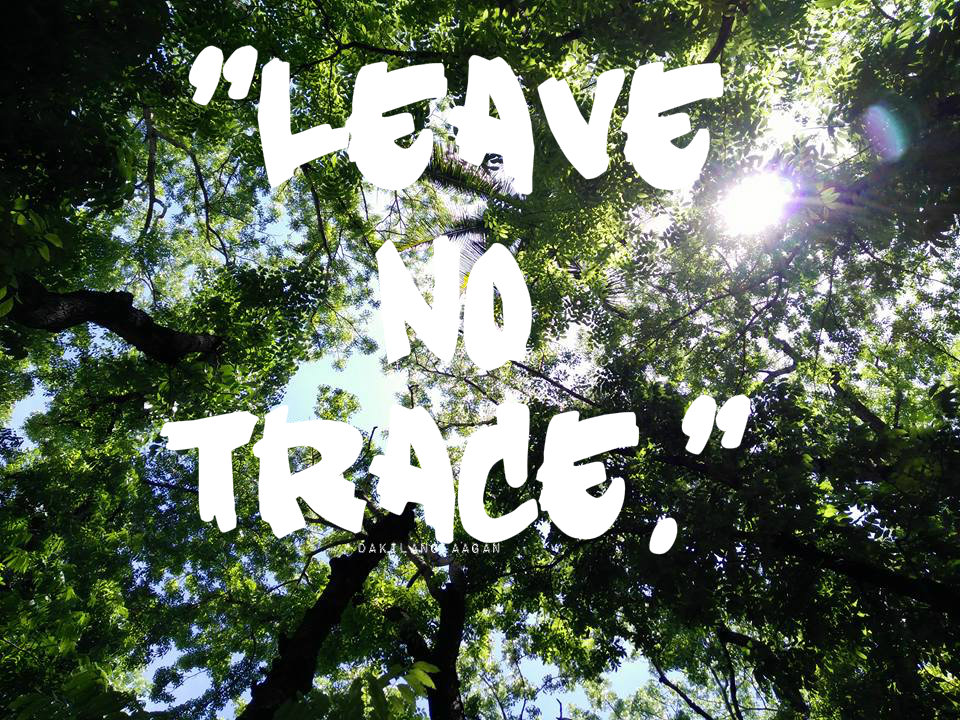
- The best practice of mountaineering is mountaineering. You don’t have to compete with speed and stamina with those whose lives revolves around the mountain. They’ll always have an edge. Therefore, to be prepared in any mountaineering activities, one must prepare oneself through various exercise like hiking, jogging and brisk walking. Again, mountaineering is not competition.

- Learn grace under pressure. Understand people. I’ve always believe that one should not judge somebody if he or she hasn’t tried traveling with that person. Traveling entails a lot of self-control and patience most especially when the rough times come (out of budget, food, and people to call unto).

- Patience obtains all things. This has been proven and tested by time, much more with our Mt. Lanaya adventure. Indeed, sometimes, we need to pause and smell the flowers. Pause and look around us. Pause and breathe. Pause and listen to the heavy breathing of our hearts. Pause. Just pause and feel the moment. Live the moment.

- You don’t lose anything by giving. More than anything else, my mother emphasized the importance of helping and sharing what I have to others. Sometimes, it gets frustrating to be always on the aid of the other person, however, these simple gestures of food sharing, offering a hand or trekking pole to those who are having a hard time during assault, is a the real essence of mountaineering – conquering not only the mountain, but most especially, oneself.

You see, no matter how expert you think you are in a certain field, there’s so much more that you have to learn. Probably, this is the reason why teachers pursue professional studies, doctors specialize in a specific area, and researchers continue studying about a certain hypothesis. We don’t stop learning. Even hardcore outdoor enthusiasts have a lot of things to learn from a beginner – according to Pinoy Mountaineer, Gideon Lasco. And with all the things learned, I hope that we don’t only limit our activities into pure leisure, but convert it into something purposeful – for the sustainability of the environment, for the generations to come.


